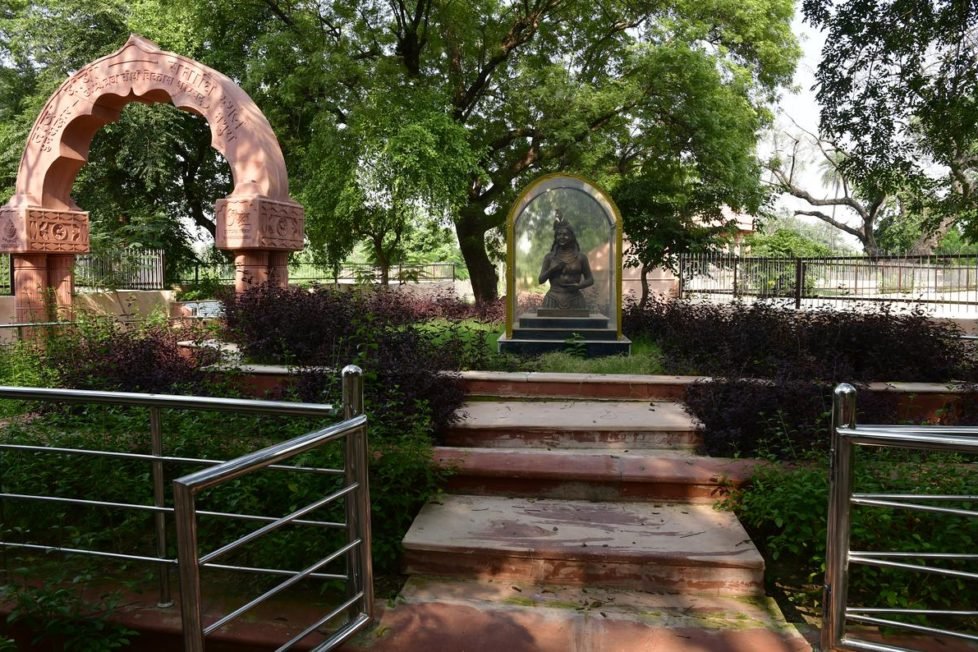While 27% jump in UP tourism happens due to pilgrimage, govt promotes tombs of Muslim devotees of Krishna for tourism


In spite of the pandemic’s shadow, domestic travel in Uttar Pradesh increased by 27% in 2021–2022, according to a report by the Union Tourism Ministry.
With almost 16% of the national chart, Uttar Pradesh has also emerged as the second-largest contributor, behind Tamil Nadu.
In comparison to 8.6 crore tourists in 2020–21, 10.9 crore people visited Uttar Pradesh in 2021–22. The state was included in the top ten states for foreign visitor arrivals in 2021. Over 4% of all foreign visitors were represented by it, placing sixth in the category.
While the Kashi Vishwanath Corridor has become a pilgrimage hotspot, the Ram Temple in Ayodhya will be the next big thing, according to Principal Secretary for Tourism Mukesh Meshram. Mathura’s tourist facilities are also undergoing significant renovation.
Tour operators believe that the Taj Mahal will no longer be the only thing that defines the state.
The data testify to the fact that the sector was sluggishly returning to normal, according to industry analysts and representatives from the state tourism department. They added that the forecasts for the coming year point to more progress.
They also asserted that the state will overtake all others as the top domestic destination in a few years.
The tourist and medical value travel committee member Prateek Hira stated, “In India, pilgrimage drives the domestic tourism business and UP is a natural magnet being the birthplace of Ram and Krishna. The weekend pilgrimage business in UP is being fueled by improved air and road connectivity, and it will undoubtedly grow in the coming years.”
Meanwhile, the UP government focussed on promoting tombs for the Muslim devotees of Krishna. The long-forgotten graves of Raskhan and Taj Bibi, possibly the two most well-known Muslim devotees of Lord Krishna, are hidden in the wooded alleys of Gokul in Mathura. The government of Uttar Pradesh has prioritized the rebuilding of these burial sites because it is committed to making Krishna Janmabhoomi a significant pilgrimage tourist destination in the State. The two graves are now part of a 14-acre complex.
Muslim Sufi poet Raskhan or Syed Ibrahim Khan was born in either Amroha or Hardoi in Uttar Pradesh during the 16th century. He converted to Krishna’s faith and lived all of his life in Vrindavan.
Taj Bibi, commonly known as the “Mughal Mirabai,” was a Muslim nobleman’s daughter who the Mughals chose to guard the Gokul region. Taj Bibi created poetry during the Mughal era, when the ruling elite was Muslim, according to a publication of the state-run Braj Teerth Vikas Parishad. She displayed remarkable bravery by giving up the Kalma Quran recitation and declaring herself a Hindu follower.
The facility has a food court, a movie theater, and an outdoor theater. Shows about the lives and works of Raskhan and Taj Bibi are presented in the outdoor theater, which has a seating capacity of about 500 people. There is room for 50 guests at the movie studio.
Six to seven times a day, the administration is showing a special documentary on Ras Khan. Every day, the complex sees between 2,000 and 3,000 visitors.
DISCLAIMER: The author is solely responsible for the views expressed in this article. The author carries the responsibility for citing and/or licensing of images utilized within the text.
